Amstrad CPC
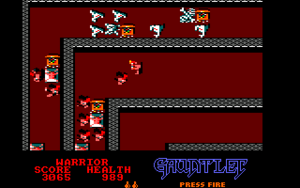
Developed by Atari Games Corporation and released by U.S. Gold Ltd. in 1986.
Apple II
Developed by Atari Games Corporation and released by Mindscape Inc. in 1986.
Atari 8-bit

Developed by Atari Games Corporation and released by U.S. Gold Ltd. in 1985.
Atari ST
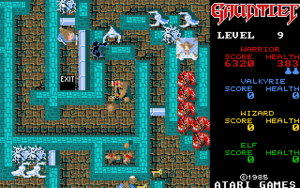
Developed by Atari Games Corporation and released by Mindscape Inc. in 1987.
Commodore 64
Developed by Atari Games Corporation and released by U.S. Gold Ltd. in 1986.
MS-DOS (CGA)

Developed by Atari Games Corporation and released by Mindscape Inc. in 1988.
Mobile (J2ME)

Developed by Atari Games Corporation and released by I-Play on September 8, 2004. Fairly faithful graphics but small viewing area and no multiplayer.
Sinclair ZX Spectrum
MSX
NES
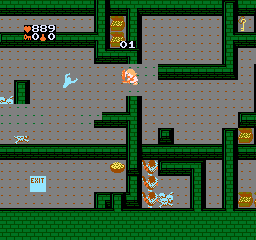
Like the later Sega Genesis version, the NES version takes the "more than a port" route. It replaces the original level set with an entirely new array of even less linear levels, complete with world maps like those of Super Mario Bros. 3, allowing the player to plot their course through the game. There is also new music, and many new items. It also adds an actual storyline, which even explains why only two can play simultaneously.
Among the sacrifices made in the conversion are significantly reduced graphics, support for only two players, and no narration (character voices heard when hurt or eating remain).
PlayChoice-10
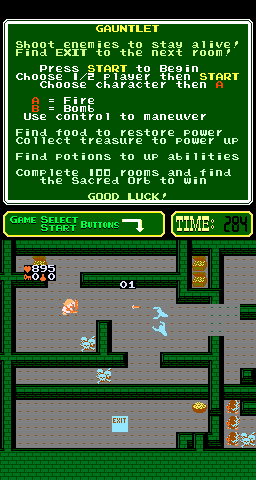
The NES version later returned to the arcade as a game for Nintendo's PlayChoice-10 hardware. The only real changes (other than the time limit imposed by the PlayChoice-10 hardware itself) were a slightly larger visible play area and additional help tips at the top.
Sega Master System
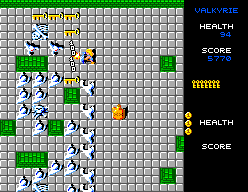
Developed by Atari Games Corporation and released by U.S. Gold Ltd. in 1990. The graphics have been adjusted to look better with the Master Systems' limited palette. Interestingly, it shows the number of credits the player has remaining (other versions hide this information in the pause screen).
Game Boy Advance
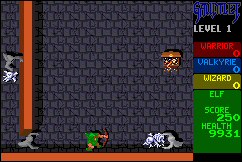
Developed by EC Interactive and released by Destination Software, Inc. on November 3, 2005 as part of the Gauntlet/Rampart two-pack. This version has very accurate graphics and sound but, oddly, is only single player (despite the Game Boy Advance's multiplayer capabilities).
Sega Genesis

Developed by Atari Games Corporation and released by Tengen in 1993 as part of Gauntlet IV. True to its name, Gauntlet IV was more than just a port; in addition to the original game recreated as faithfully as the technology allows it also includes Record Mode (where players can track more detailed high scores and save/restore their game), Battle Mode (where players can face off in a randomly-selected arena), and also Quest Mode, an all-new RPG that extends the Gauntlet mechanics to include money, EXP gain and more inventory items.
Xbox Live Arcade
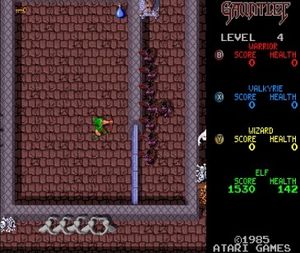
Developed by Atari Games Corporation and released by Midway Games Inc. on November 22, 2005. This is no mere port; like other Xbox Live Arcade titles, this version includes upscaled graphics (approximately 64×64, compared to the original's comparitively small 16×16).
It also includes online co-op as well as Achievements (which earn the player Gamer Points), both of which are usual features of Xbox Live Arcade titles. Other than the graphics update, the levels and screen perspective are true to the original, and there are no additional levels or modes.
